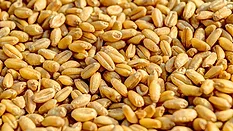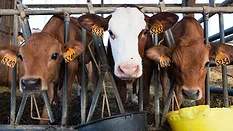
Cross-Contamination
Cross-contamination occurs when pathogenic bacteria or virus particles are transferred from one food product or surface to another.
Articles
More ArticlesNever miss the latest news and trends driving the food safety industry
eNewsletter | Website | eMagazine
JOIN TODAY!Copyright ©2025. All Rights Reserved BNP Media.
Design, CMS, Hosting & Web Development :: ePublishing


